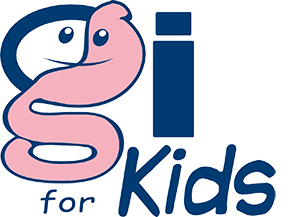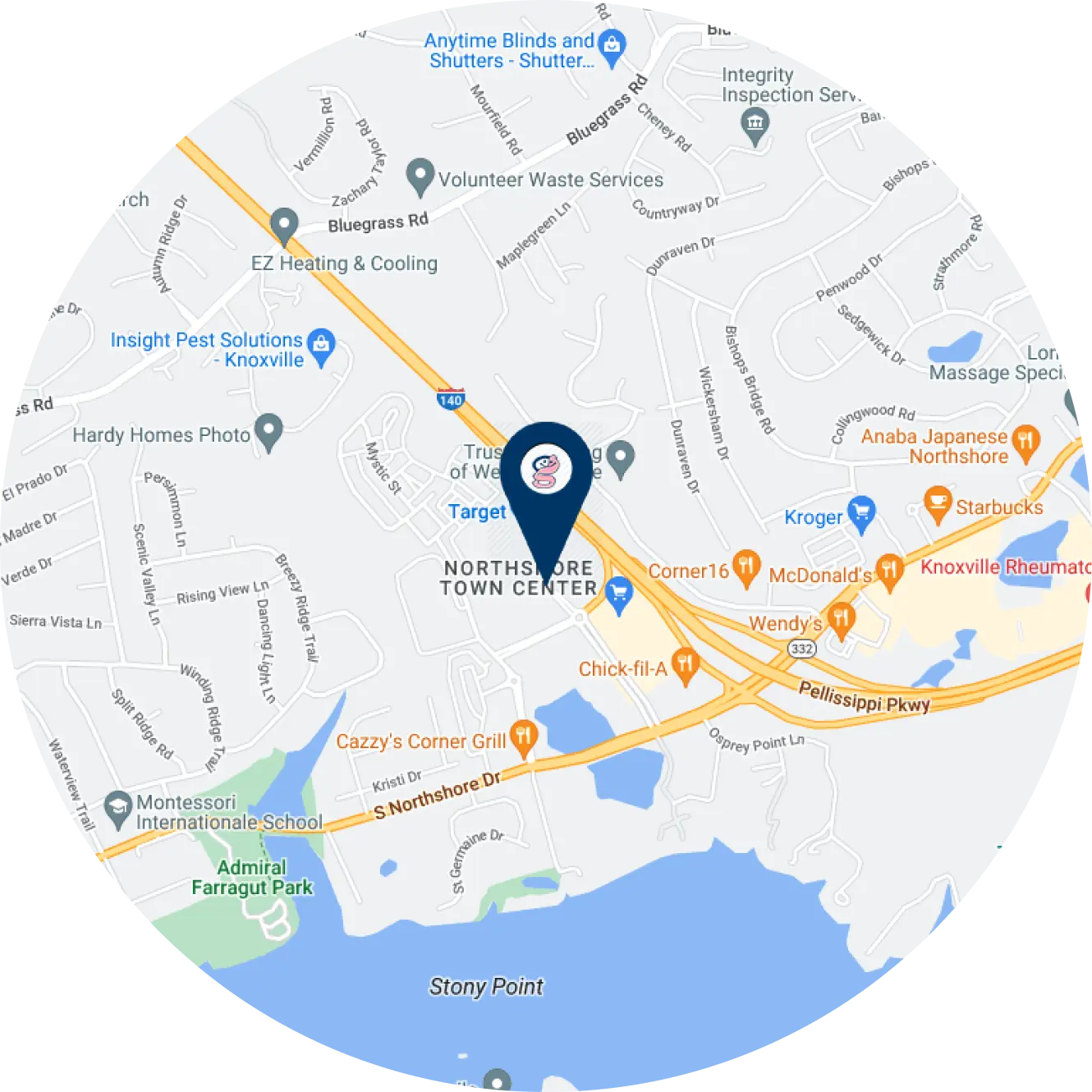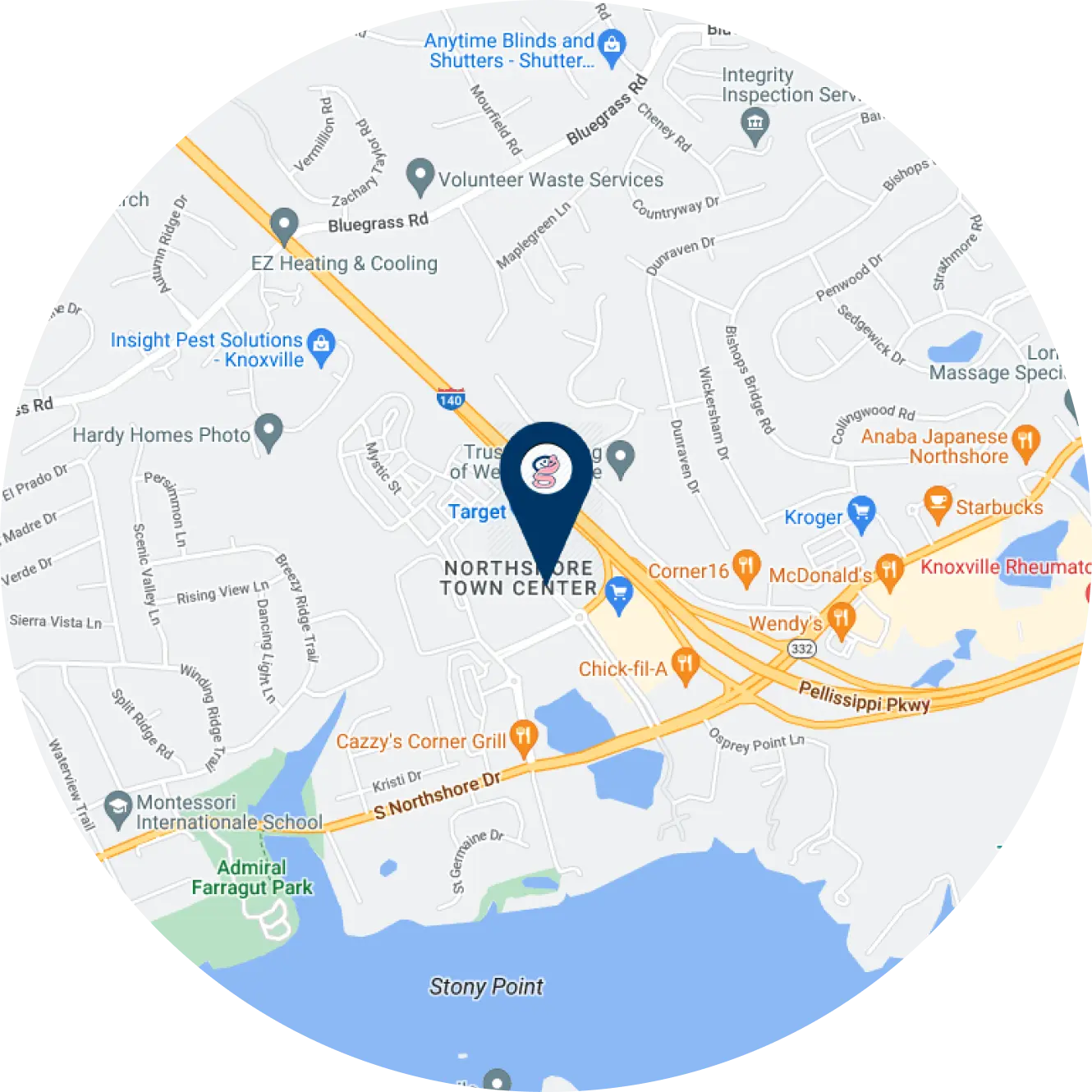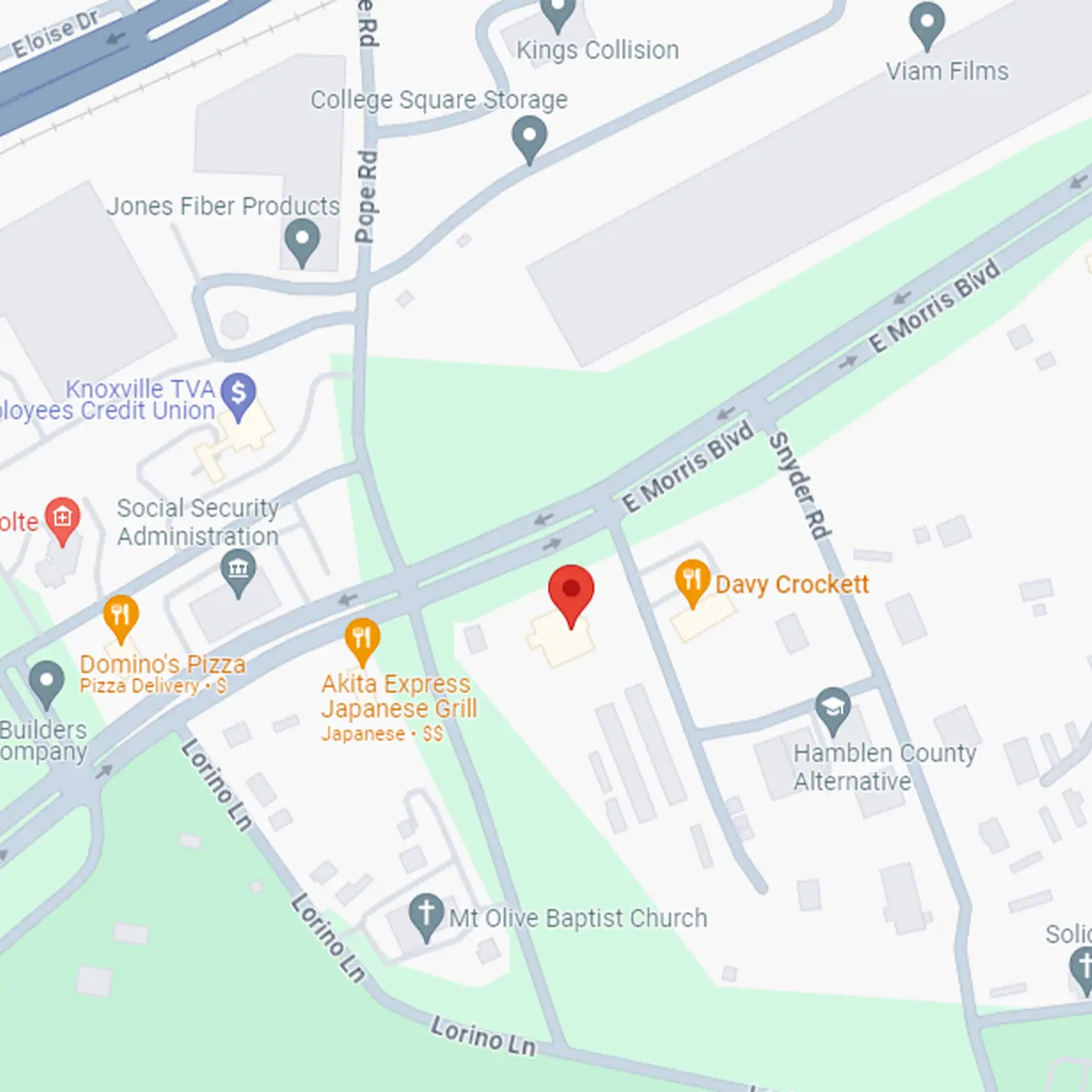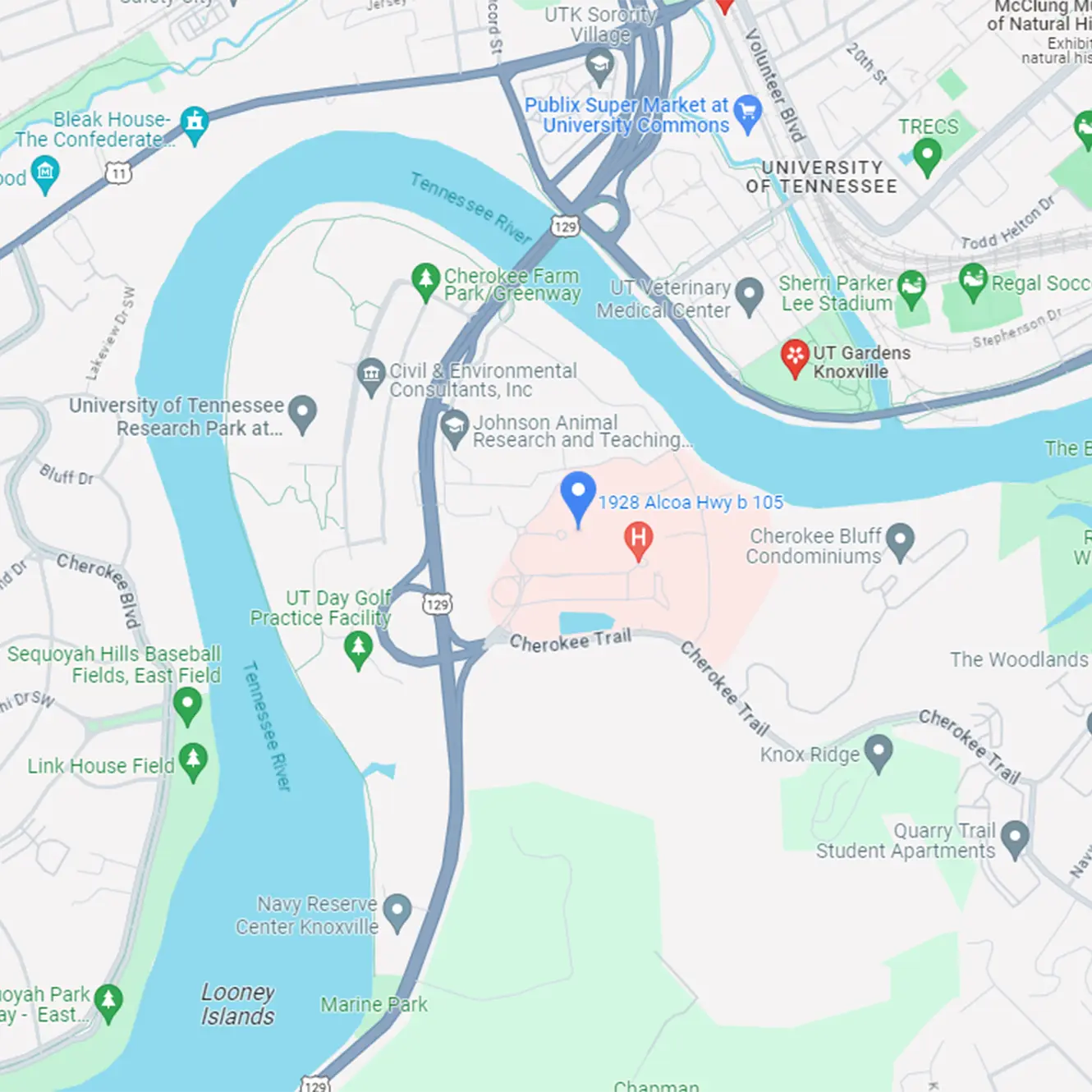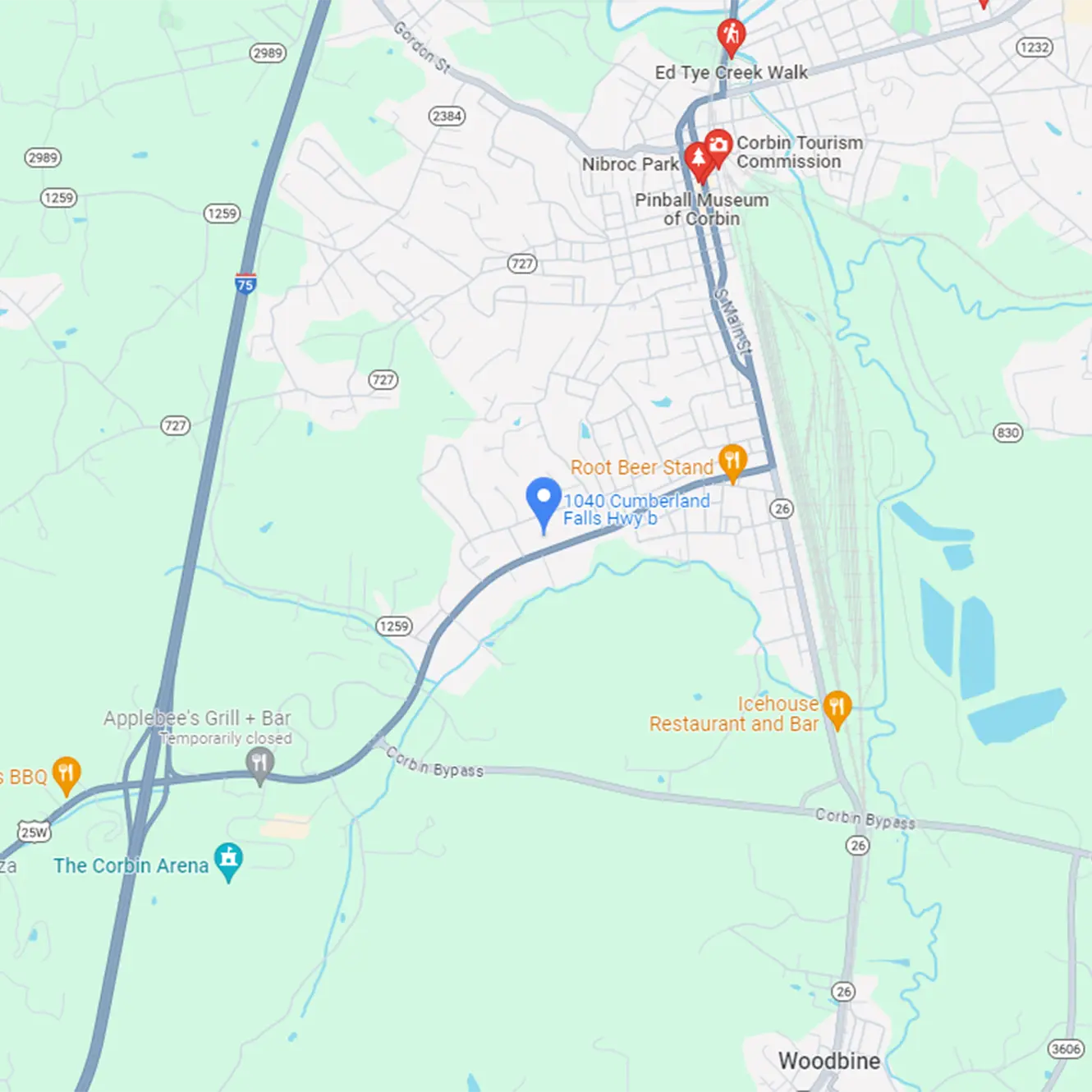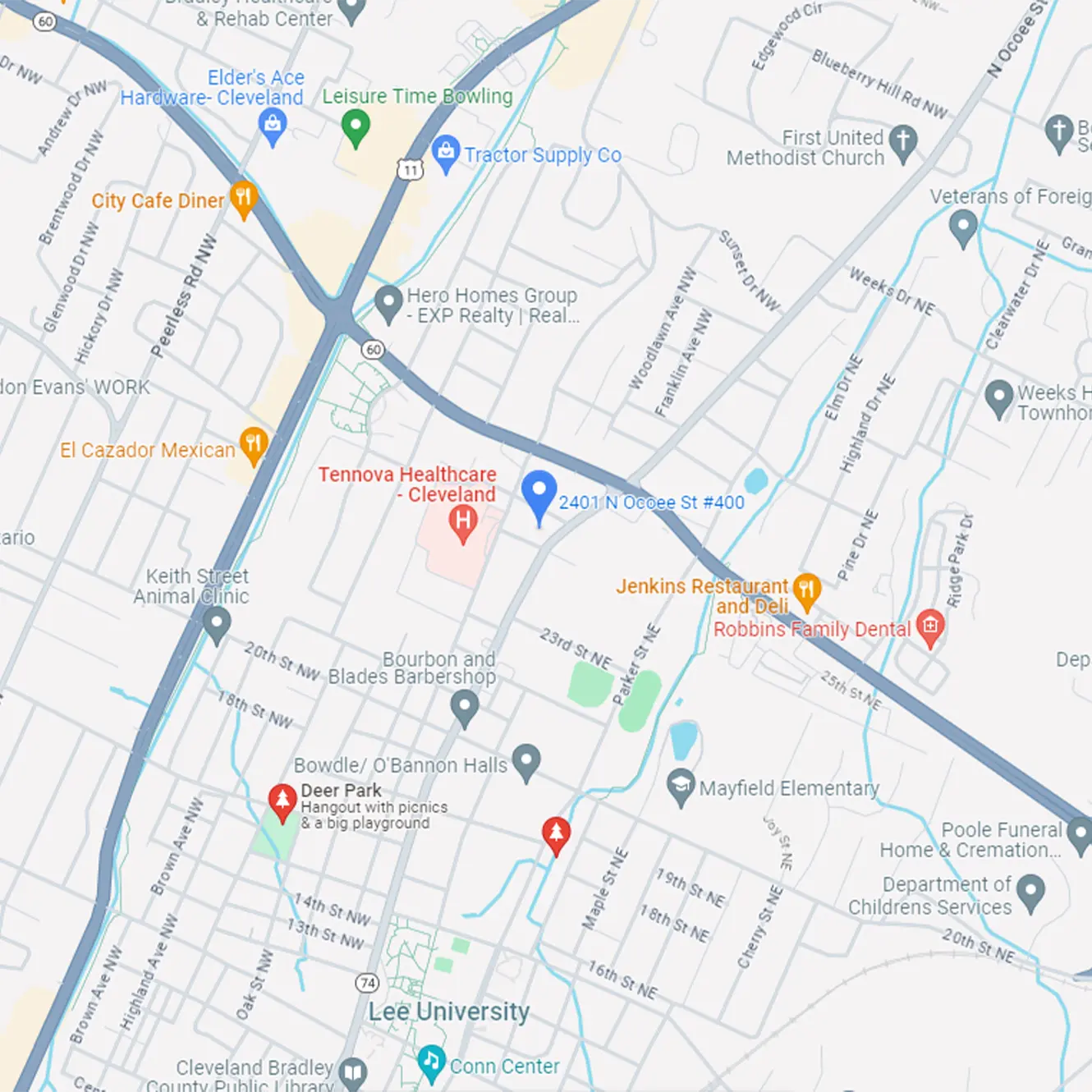Constipation
When evaluating a child for constipation, examining their toileting habits in general can be very enlightening. Frequently, children with functional constipation have difficulty prioritizing trips to the bathroom. Children today are bombarded with many distractions, which are far more reinforcing than a trip to the bathroom. Constipated children frequently ignore their body’s signal that they need to poop. They are able to hold their stool in order to not interrupt their activity.
Educating children on how their body produces stool and why they need to poop everyday can help raise the importance of proper toileting in their mind. Parents tend to disregard children’s toileting habits once they are potty trained. Parental involvement in the form of prompting regular trips to the bathroom after meals and inquiring, “Have you pooped today?” can be all that it necessary to get a child’s habits on track. Keeping a calendar in the bathroom to mark frequency of bowel movements can be very helpful as well. Often times just focusing more positive attention on this daily habit can get a child’s toileting on track. If a child is anxious about toileting or if oppositional defiant behavior gets in the way of appropriate toileting habits, it may be helpful to refer the family to a psychologist or counselor to evaluate extraneous issues that may be getting in the way of good bathroom habits.
Being constipated can make your child feel full. They may not want to eat but they need to eat enough to keep growing. There are several reasons why your child may be constipated. Some of the most common include:
-
Not enough dietary fiber (for more information on dietary fiber click here)
-
Lack of regular meal times
-
Not enough fluid intake
-
Lack of regular toileting times
-
Inadequate exercise
-
Anxiousness or tiredness
Tips for Managing Constipation
-
Establish a regular time for going to the bathroom. The best times are usually 30 minutes after a meal. Allow enough time in the bathroom – up to 15 minutes depending upon the child’s age. Relax by reading or listening to music in the bathroom.
-
Do not delay when you have the urge to go to the bathroom.
-
Drinking warm prune juice or another warm beverage ahead of time can stimulate the urge. Prune juice can be mixed with other unsweetened fruit juices to increase the acceptance for the prune juice.
-
Because high-fiber foods are usually low in calories, consult a registered dietitian to make sure your child’s other nutritional goals are being met.
-
Blend or mash table foods to an appropriate texture for your child. These will contain more fiber than baby food in a jar.
-
Formulas with fiber are available for the tube-fed child. Your doctor or dietitian can tell you which ones also meet your child’s other nutritional needs. Formulas with fiber can greatly relieve constipation in tube-fed children.
High Fiber Bran Muffin Recipe
- 1 cup water
- 3 cup All Bran cereal (2 cups will be cooked with water, save one cup to be added)
- ¼ cup butter-unsalted
- ¼ cup applesauce-unsweetened
- 1 cup sugar
- 2 large eggs
- 2 cups buttermilk
- 2 ½ tsp baking soda
- 1 ½ cup whole wheat flour
- 1 cup All Purpose flour
- ½ tsp salt
- Preheat oven to 400 degrees. Grease a muffin tin.
- Boil 1 cup of water.
- Mix boiling water with 2 cups of All Bran cereal in a bowl. Set Aside.
- Mix together butter, sugar, applesauce, and eggs. Then add buttermilk.
- Next add baking soda, whole wheat flour, all purpose flour, and salt.
- Mix in All Bran and water mixture.
- Lastly, add 1 cup of All Bran cereal. Mix until well blended.
- Fill each muffin tin ¾ full of batter.
- Bake 10-12 for mini muffin tin or 13-15 minutes for regular sized muffins.

